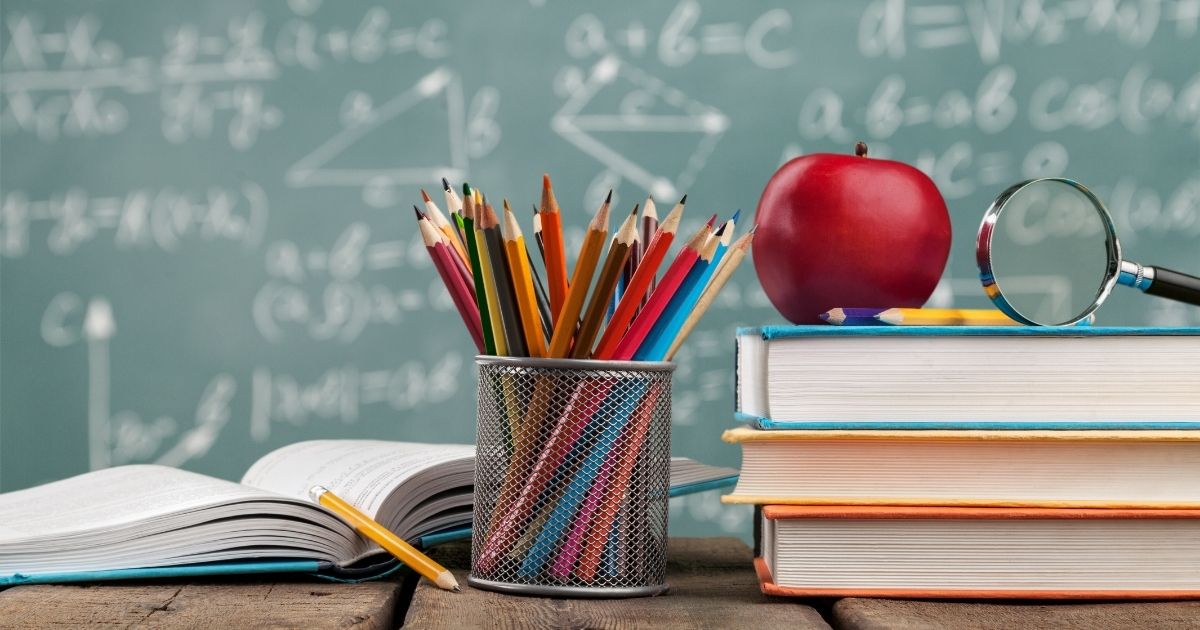Student learning has fallen below standards since the COVID-19 pandemic. According to Galway Academy, the framework of student learning needs to improve as we navigate to the future.
As a result of this fall in learning levels, countries across the globe are making efforts to put structures in place to combat the learning crisis experienced among students.
Galway Academy highlights the RAPID framework, one of the several structures and at-scale action countries are working on to combat the learning crisis.
- Reach all students and keep them in school
The first step in the RAPID framework is to reach all students and ensure they stay in school. This proactive action tries to reduce the dropout rate experienced in different countries of the world. Countries now use data to develop an in-depth understanding of individual students.
- Assess learning levels regularly
Galway Academy could confirm that countries are now more interested in actionable and purposeful utilization of data for assessing learning levels. It helps school directors to tailor their academic curriculum effectively.
- Prioritize teaching the fundamentals
Countries have come to embrace foundational learning as the heart of learning recovery for students. They now emphasize foundational skills like literacy, numeracy, and other interdisciplinary skills.

- Increase the efficiency of instruction
An increase in the efficiency of instruction and catch-up learning is another important framework on the way to recovering and accelerating student learning.
- Develop psychosocial health and wellbeing
Schools are now structured to provide psychosocial support for both students and staff. Doing this has helped to improve the overall wellbeing and learning abilities of students.





